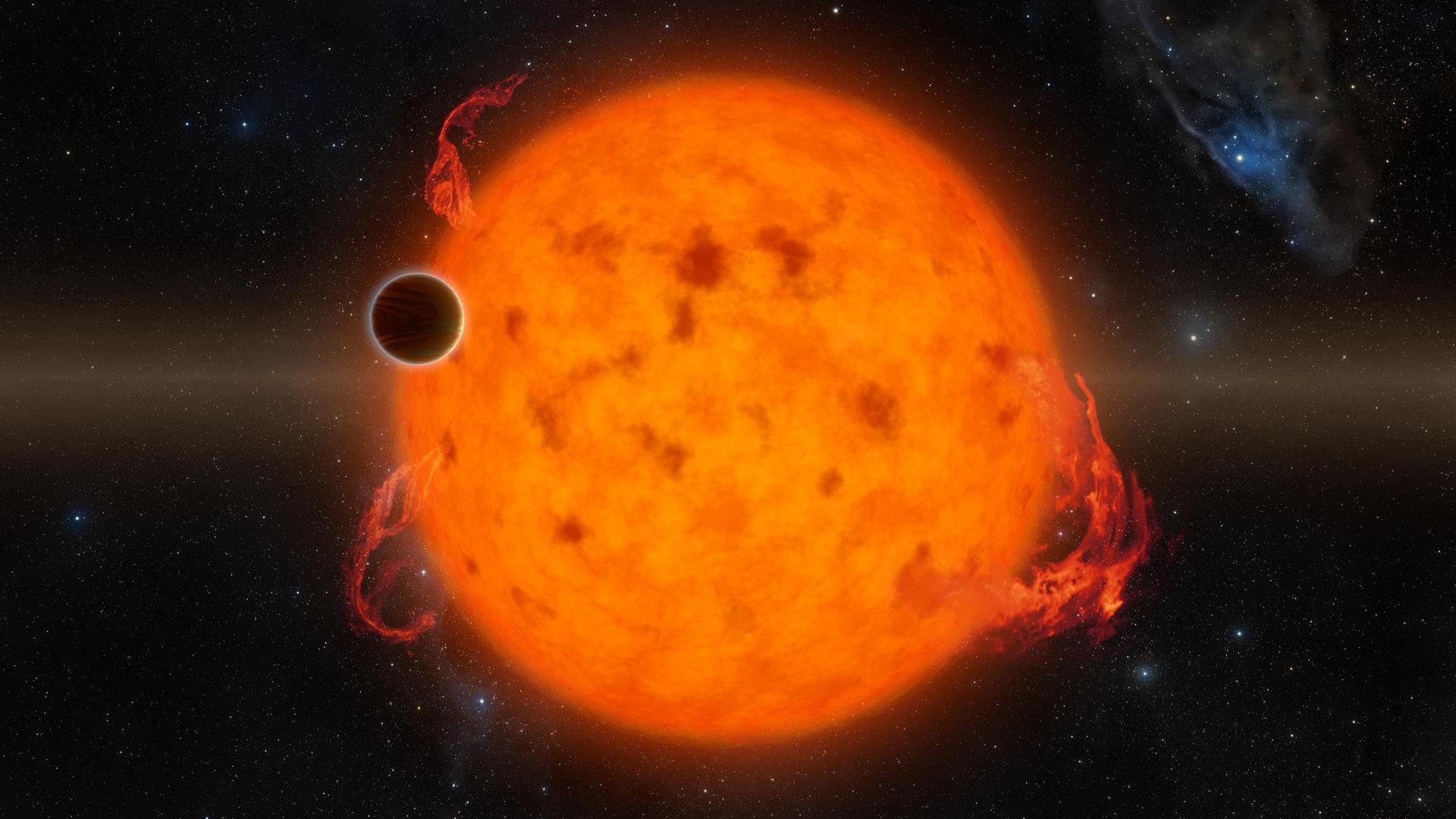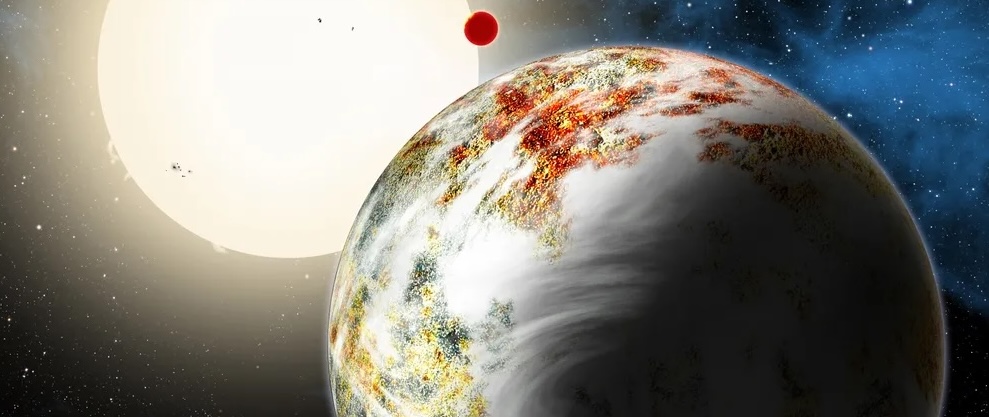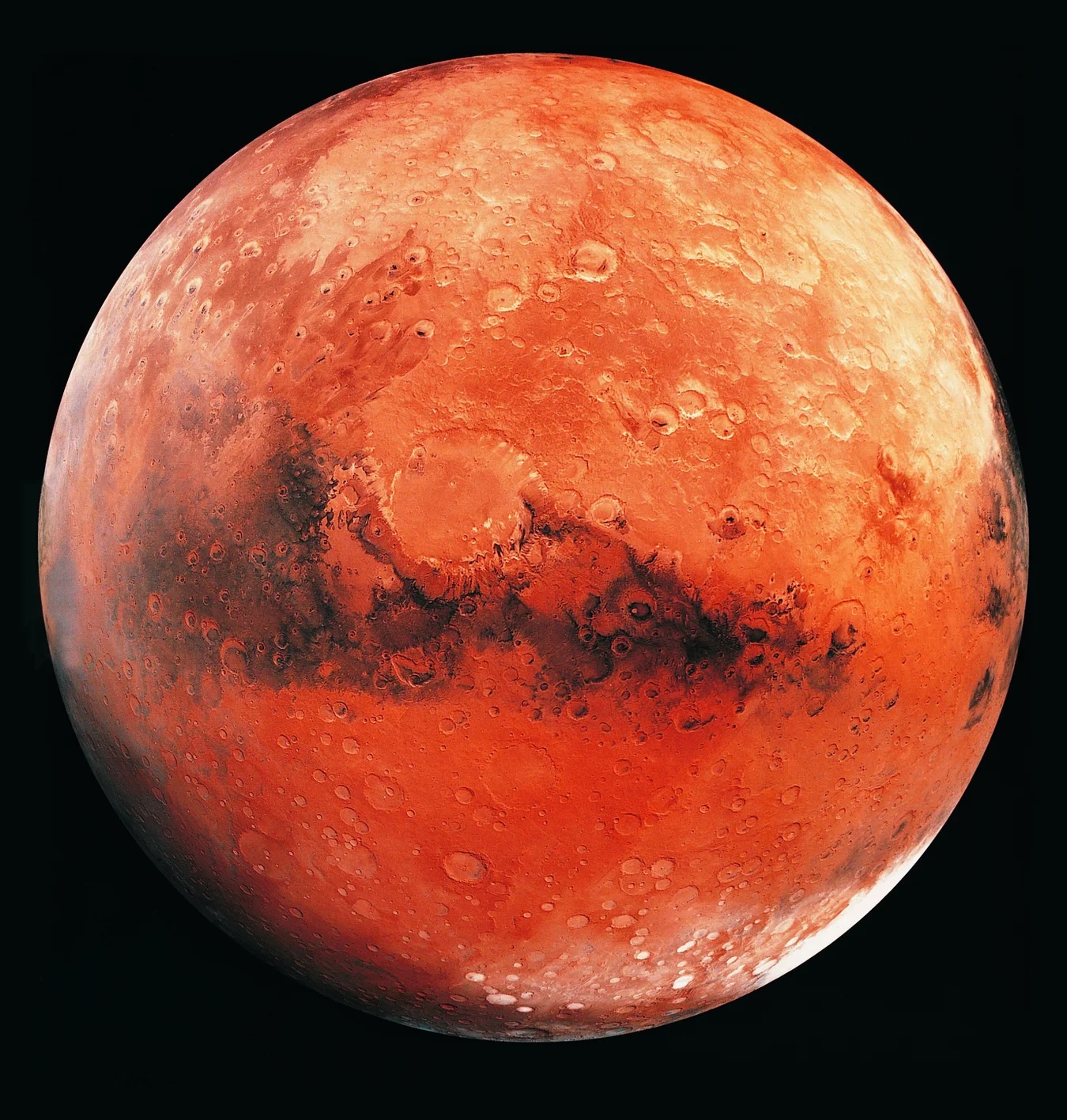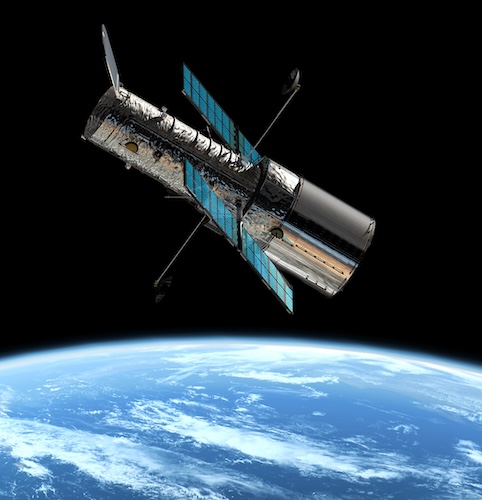The Rocky Worlds Director’s Discretionary Time (DDT) Program is a joint James Webb Space Telescope (JWST) and Hubble Space Telescope (HST) Program.
It implements the top recommendations from the Working Group on Strategic Exoplanet Initiatives with HST and JWST, which compiled the views of the community in regards to many topics including specific concepts for a 500-hour DDT JWST exoplanet program [Redfield et al. (2024)

]
The program's main objectives are to search for evidence for atmospheres on rocky exoplanets orbiting M-dwarfs via secondary eclipse measurements at 15 um using the MIRI instrument, as well as to characterize the stellar UV properties with HST.
Such a DDT follows the footsteps of other successful STScI-led community DDT past programs like
Hubble Deep Field |
Williams et al. (1996)  Williams et al. (2000) Williams et al. (2000)  |
Hubble Ultra Deep Field |
Beckwith et al. (2006)  |
Hubble Frontier Fields |
Lotz et al. (2016)  |
ULLYSES |
Roman-Duval et al. (2020)  |
 website is here!
website is here!
 website is here!
website is here!
 website is here!
website is here!




